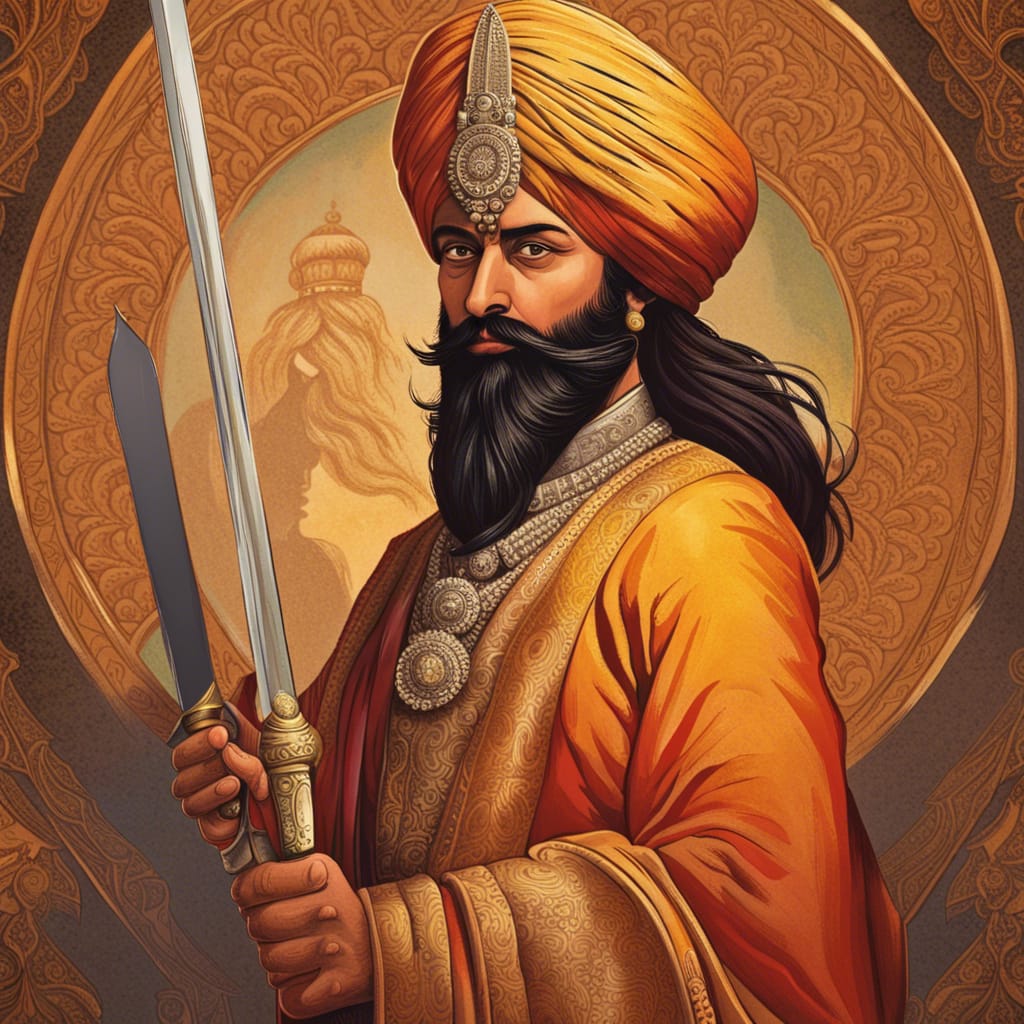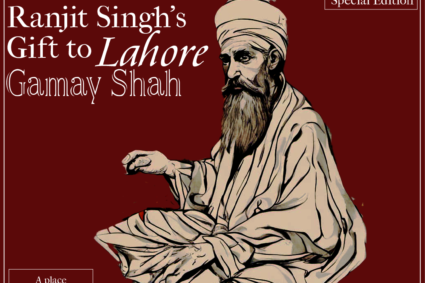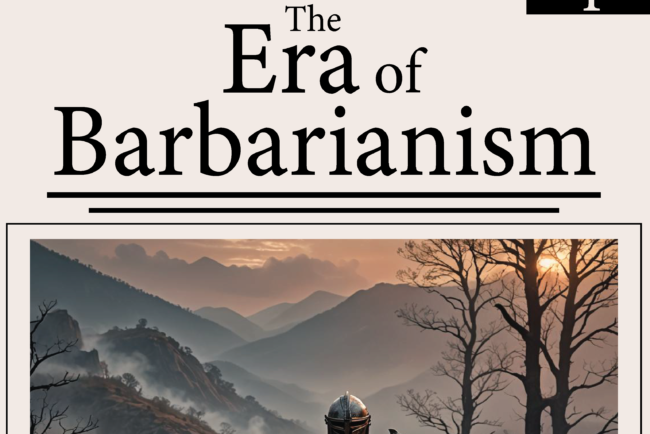
Kes, Kangh, Kirpa, Karaand, and Kachh
The Five K’s that are to be held on their persons for the initiation for the believers in the tradition of Khalsa. The very same traditions that made the Sikh nation prominent, united and ready for all challenges.
Ahmad Shah Abdali had just taken the succession from Nader Shah, holding fort in Lahore, assembling his moments into one, the outsiders were preparing for celebrations. Whilst the Afghans believed themselves to rule the region, the Warrior Race of Sikhs united in accepting them as their new enemies. Engaging in skirmishes since 1752, the Khalsa Raj ousted the Afghans from Lahore Fort, and laid the first brick of the Sikh Empire.
Guru Gobind Singh spent his youthful days to prepare for Martial activities, preparing for any worthy competitor, 1675. Guru Gobind Singh disapproved of the Mughal administration, especially after Aurangzeb took to banishing and killing non-Muslims and non-Sunni Muslims, especially after his fathers execution for him voicing his opinion against the sitting Emperor. Guru Singh made movements towards territories of respectable chiefs of the Khalsa. Mughal Faujdars placed pressure on Sikh Chiefs, for their defiance to the Mughal administration, the Guru did not pay heed to it. This led to the Guru to develop his own district, Anandpur, where he practised and raised an army. Bahadur Shah was adamant to gaining victory over the Khalsa people, this only led the Guru to beat most Mughal interventions and sustaining a position near Lahore Fort. “Raj-Karega-Khalsa”, the ideal was planted, and The Sikh Empire now had its constitution for war and victory.
Breathing his last breath on the 7th of October 1708, the Guru left behind orders for the Khalsa community, “Hukumnamas”, which like the commander Bahind Singh and others swore allegiance and accepted these orders in a heartbeat for the support of Khalsa once dispatched. These bricks laid the ideology of the Sikh Empire to come, where its advents were recognized by Nader Shah, who himself declared that people of the Khalsa cannot be suppressed.
Jassa Singh Thoka, later on to be recognized as Ramgarhia, for establishing a fort in Amritsar, developed his entire ethos on the Rules of the Khalsa, and the Hukumnama and Rahitnamas of Guru Gobind Singh. Ramgarhia operated from Amritsar, whereby now Taimur Shah had taken succession after the Durrani (Ahmad Shah Abdali), the pressure thus ensued on the Afghans. Khalsa now decades after plundering trade routes, now saw Lahore to be regained.
Rakhi power, a form of tax bestowed on the people of their region, one-fifth of all winter and summer crops to be given to the administration (or political leadership). This expanded Sikh resources, and Ram Garh Fort was now more than capable of arming and preparing forces.
The Sikhs went on to battle their way, earning titles of Nawabs and Dewans. Taking Sarhind to and fro, when once it became a thriving city, in the 1700s it provided them with an annual turn over of 60,000,000 rs. As the Sikh treasury grew, the Durrani remained worrisome. Too far to handle matters on his own, Afghan forces moved towards eradication of the Khalsa, resulting in numerous skirmishes and deaths all over India. One such event even led to the death of over 20,000 Sikhs, remembered as “vadda ghallughara” – the great carnage. Tactfully, the Sikhs placed themselves in camps near Lahore. Durrani now began his movement towards the Sutlej, hearing of the Sikhs defeating all his armies and main commanders, who brought soldiers and horsemans in the Hundreds, whereas the Khalsa was armed with over tens of thousands. The unified forces pillaged the Durrani forces near Jhelum, Ravi and Sutlej, destroying communications and trade routes.
As the time for holidays came at the center of Sikh tradition, Amritsar, The Afghans agreed to not involve in greater battles. Whilst discussions ensued, Singhs had entered the Lahore Fort. 1765, Lahore was succeeded to the Khalsa… and a coin was struck to formalize the Sikh sovereignty:
“Deg-o teg-o fateh-o nusrat bedirang,
Yaft az Nanak Guru Gobind Singh” (Farsi/Persian)
“The gifts of the cauldron to cook food for the hungry, the sword as the symbol of power and protection, and of unlimited victory are received by Guru Gobind Singh from Guru Nanak”
This coin was struck as a hukamnama in December of 1710, 55 years later which, declared the Sikh Empire.
















